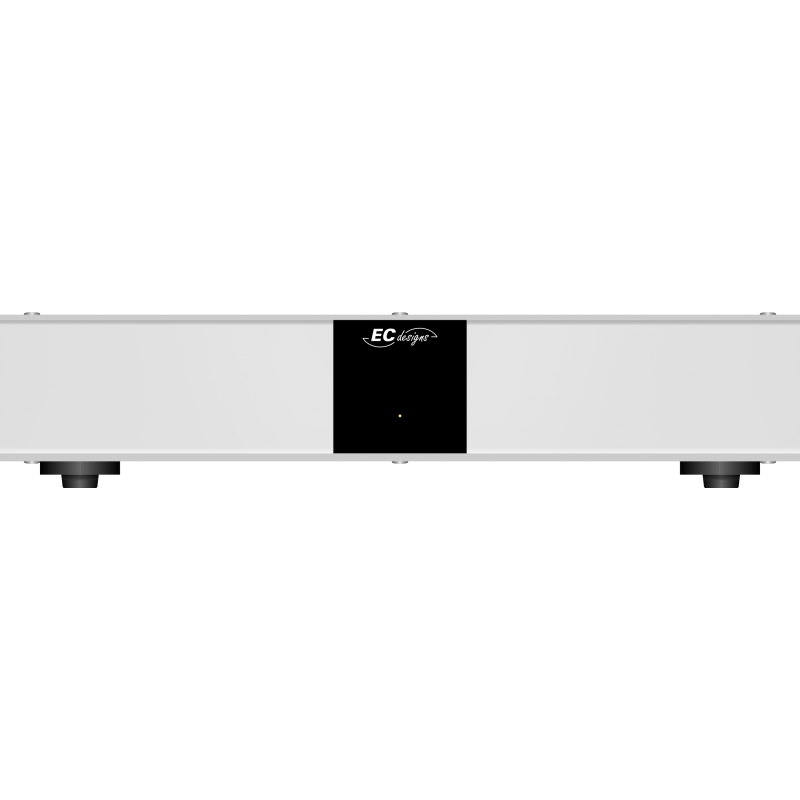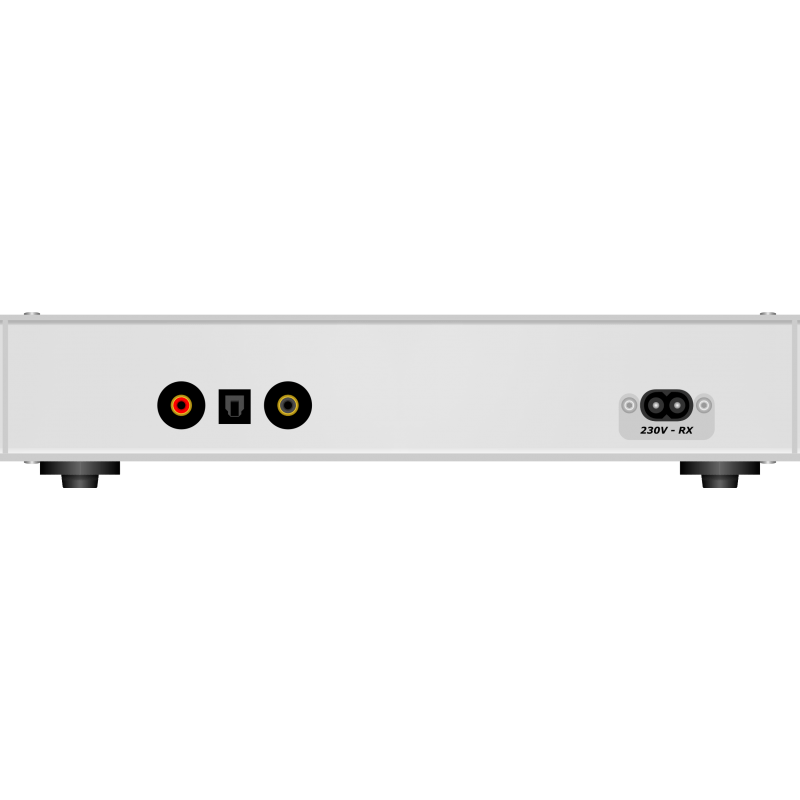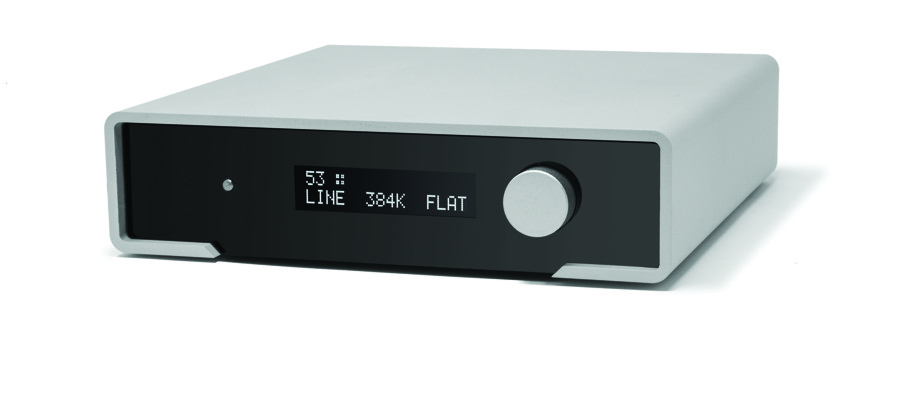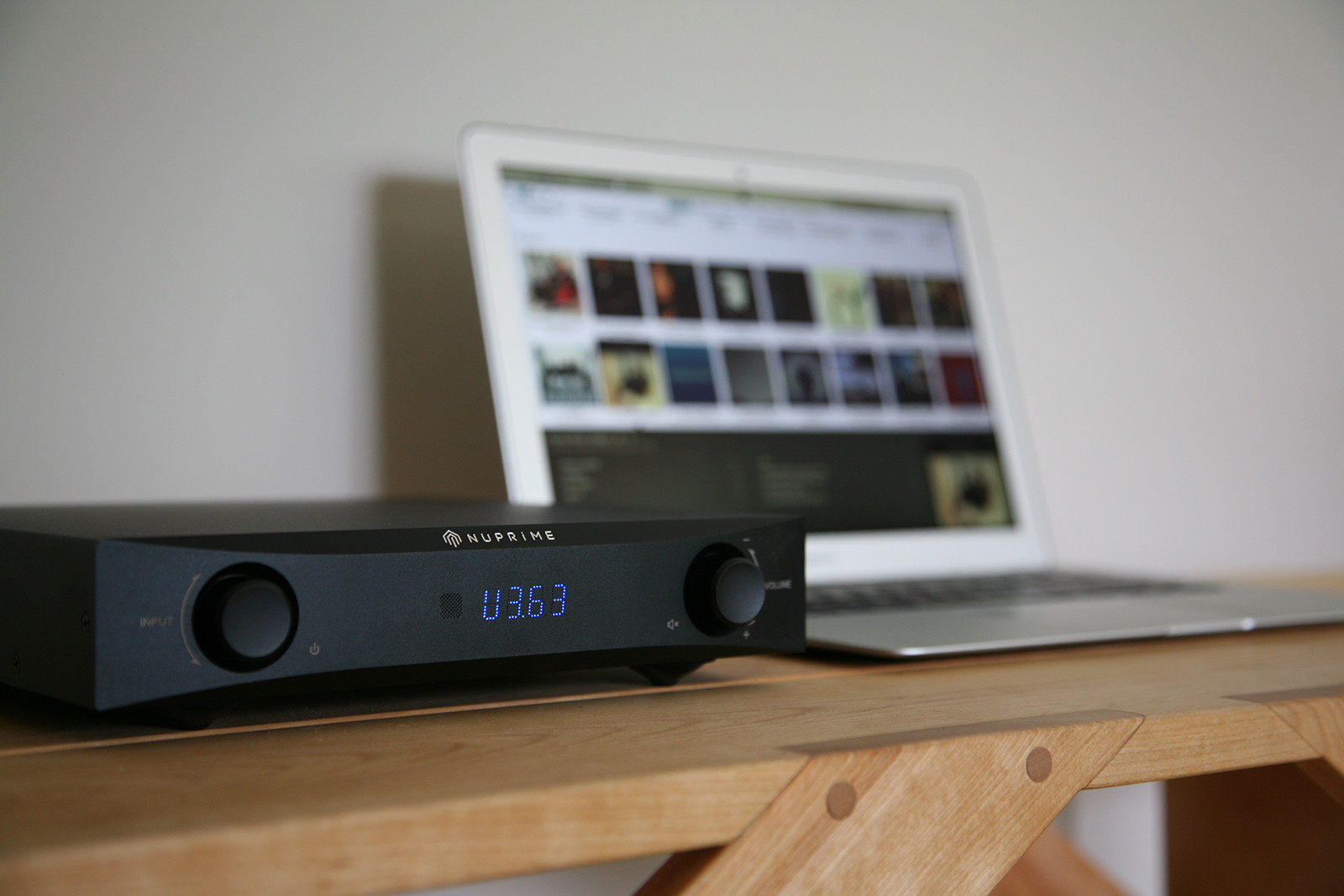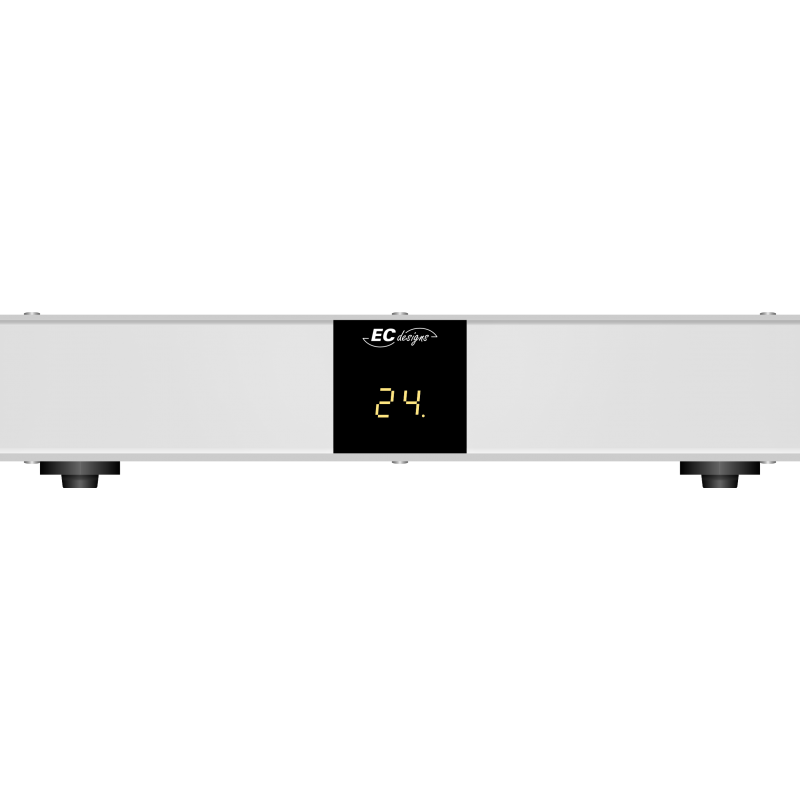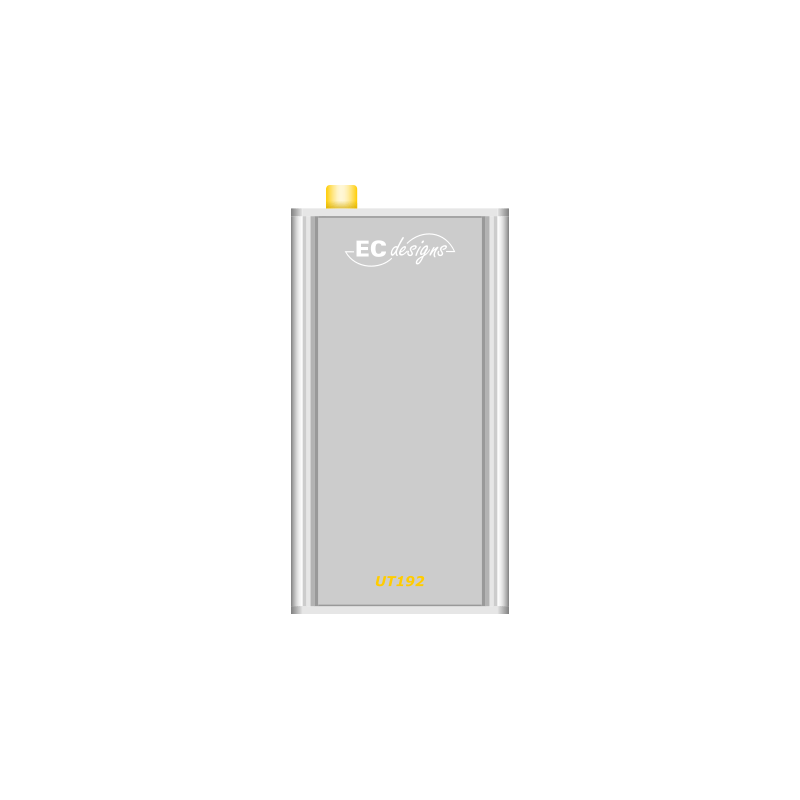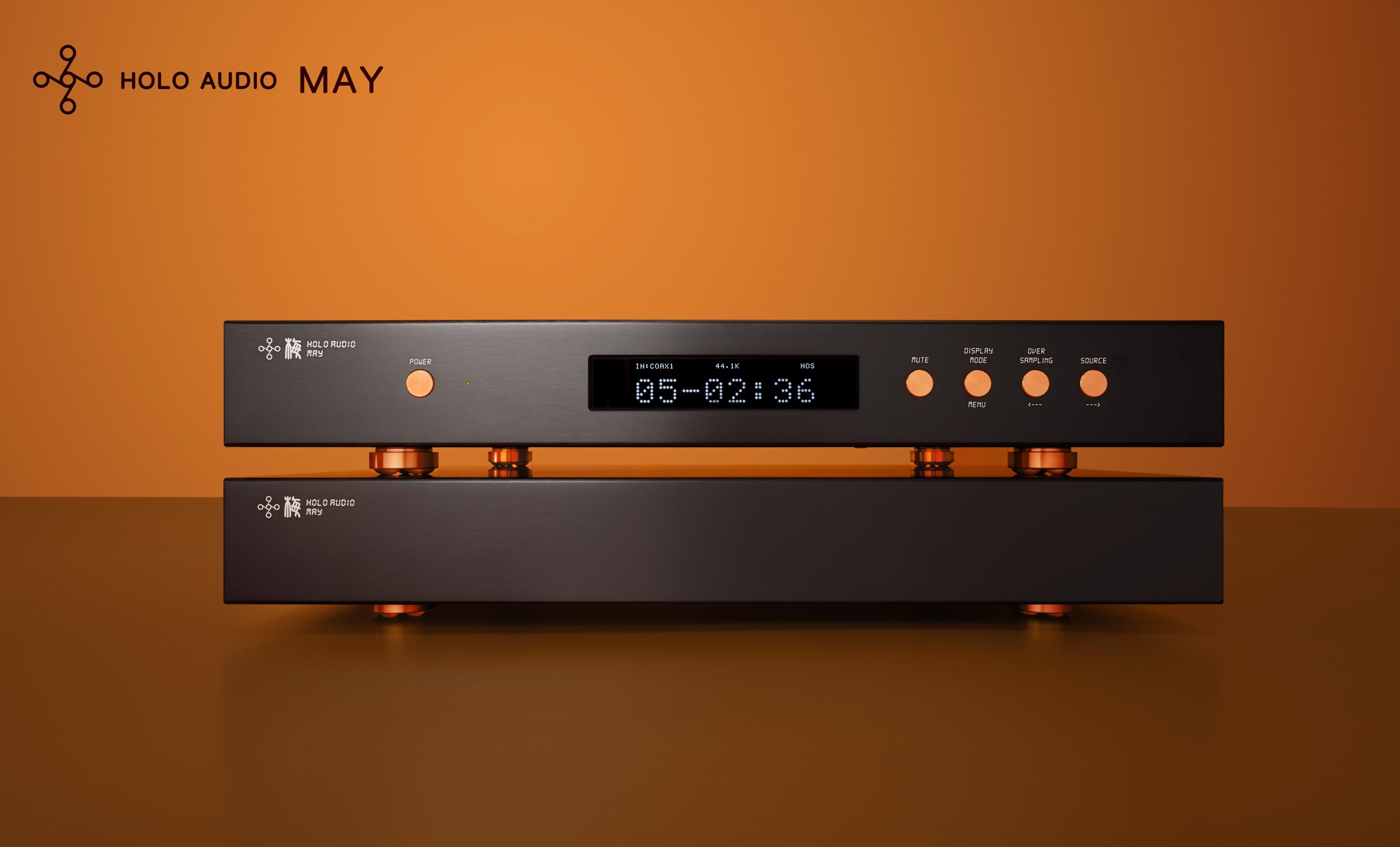Description
Universal DAC with integrated lossless volume control and discrete multibit fractal-7 matrix DA converter primarily intended for driving power amps.
The Ecdesigns Powerdacs work with the new ElectroTos technology and a 192/24 Toslink DAPI receiver. The optical input will work with regular toslink cables, but it was made specifically for ElectroTos converters such as the UT192. That combination will beat any interface in the market. Added to the unique characteristics of the powerdac, we can comfortably say that this digital solution brings a revolution in audio.
Integrated linear mains power supply, factory set at 115 / 230V operation, 2-way Euro 8 mains socket. 192/24 Toslink DAPI receiver, low jitter masterclock and integrated bit-perfect tester (bit-perfect playback is recommended for optimal music reproduction quality). Download the User Guide for more information and specifications.
PowerDAC-X Series
Conventional DACs always have lossy analogue circuits and components in the signal path for converting, amplifying and buffering in order to drive the load.
These analogue components will cause degrading, this degrading barely shows up on static THD measurements but becomes clearly audible with complex dynamic music related signals. This is why audio components with superb technical specs can still fail to simply offer consistent, transparent, involving music reproduction as music is more complex than reproducing tones. With both, the PowerDAC and PowerDAC-X series we removed these lossy analogue circuits and components using discrete multibit DA converters that are powerful enough to directly drive loads. These power DA converters only contain a power source, bit switches and a resistor array that connects to the load. The fractal system lowers output impedance, improves accuracy and minimises glitches, glitches occur when a new sample is generated and the output is undefined (distorts) for a very short moment. In order to improve things further we also integrated a lossless volume control that adds no extra components to the signal path (programmable DA supply voltage and bit shifting). The new X series (X stands for matriX) further tackles the glitch problem by only switching the lowest bits during the signal zero crossing and gradually switching higher bits as signal value increases. Other typical DAC issues are jitter and source / ground loop noise, every single component or part seems to have some impact on perceived sound quality. These problems are tackled by our unique DAPI (Digital Audio Parallel Interface) Toslink receiver that has an independent local low jitter masterclock and a parallel data interface for driving the DA converters.
R&D
For many years we have been researching, improving and selling our discrete DACs and related products. This has resulted in new products nearly every year. We improved R2R with R4R (Mosaic series), created clean source (U192 and ElectroTos), Improved R4R with Fractal-7 converter, managed to minimise source noise/jitter using the DAPI receiver and managed to directly drive speakers with the Fractal-31 converter. Most of these improvements are now implemented in our PowerDAC series.
Then came the supply chain issues that finally resulted in developing the PowerDAC-X series. The new Fractal-7 matriX converters consist of two fused Fractal-7 converters, the advantages are lower output impedance and only the lowest bits switching around the signal zero crossing for a much cleaner signal. PowerDAC-SX is based on unique Fractal-15 bridge matrix converters where one converter emulates 4 identical power DA converters in bridge configuration, providing up to 2 x 16W rms output power, this DA converter only consumes power when generating signals, because of related reduction in heat dissipation it could be placed in a compact conventional housing.
Philosophy
Every component in the signal path is imperfect and introduces extra degradation, non-linear components or circuits are especially problematic.
The degradation doesn’t only consist of distortion & noise but it also causes clearly audible temporal (dynamic) distortion and limited resolution. Compare this with a gearbox having mechanical play, causing incorrect positioning, rattling during operation and faillure to track very small input axle movements. While running in one direction, output accuracy seems fine (compare this to a 1 KHz THD measurement) but when the rotation speed and direction keeps changing constantly and rapidly (compare this with music) the output axle won’t accurately track the movement and rattles (noise). If the input axle movement is small compared to the backlash, the output axle won’t even move or produces a very large error (compare this with low level signals in an audio set). Audio components with low THD & noise can still fail in the temporal distortion or resolution department, causing clearly audible distortion and or lack of refinement that theoretically shouldn’t happen. When cascading multiple gearboxes (multiple components in an audio set or signal path) these problems even get worse. So it is logical to limit the amount of circuits or components in the signal path to an absolute minimum. Because distortion is cumulative (every extra component or part adds distortion) and the signal gets amplified it is wise to make the source (microphone, record, tape, DAC) as perfect as possible (the most important link in the audio set). We developed a DA converters that work with a power supply, switches (on or off) and resistors (linear components) exclusively, creating the shortest and most accurate practical signal path. This way we tackled distortion on all fronts (non-linear distortion, temporal distortion and loss of resolution). The virtually ideal solution (PowerDAC-S, PowerDAC-SX) skips the conventional analogue signal path and all related degrading by converting lossless digital information into an analogue signal at the end of the lossless digital signal path, just before the signal is presented to the speaker. Typical problems with digital circuits like jitter and (ground loop) noise were tackled by our Toslink DAPI receiver that provides perfect galvanic isolation, attenuates incoming noise, re-times all samples with a local, low jitter master clock. The DA converter is driven with a parallel digital audio interface.
